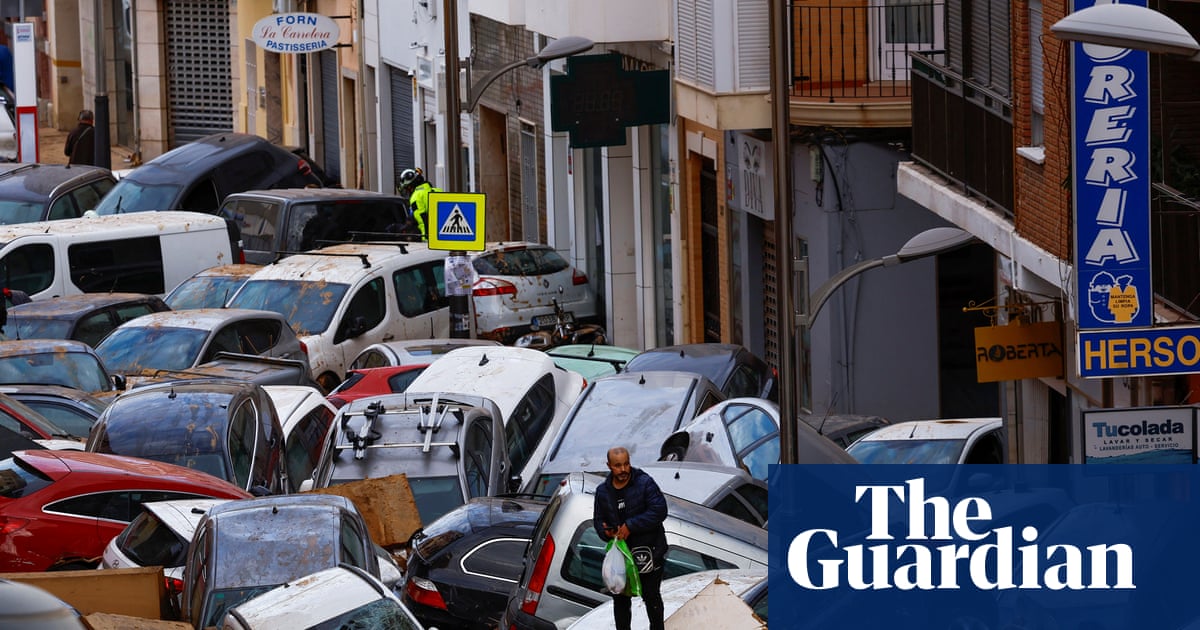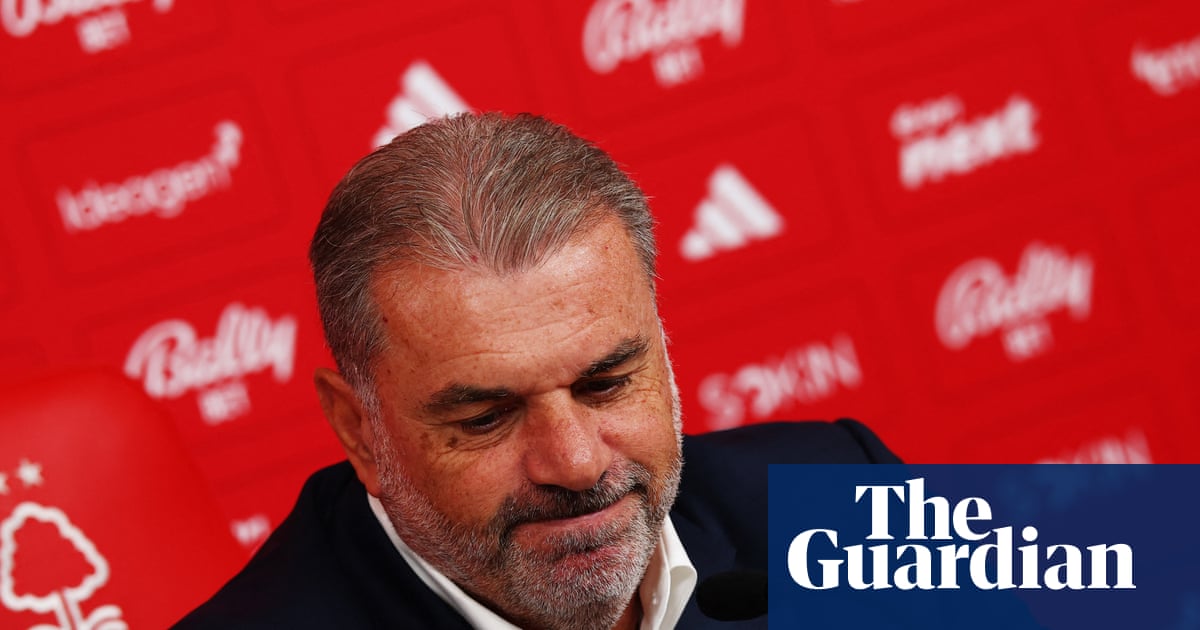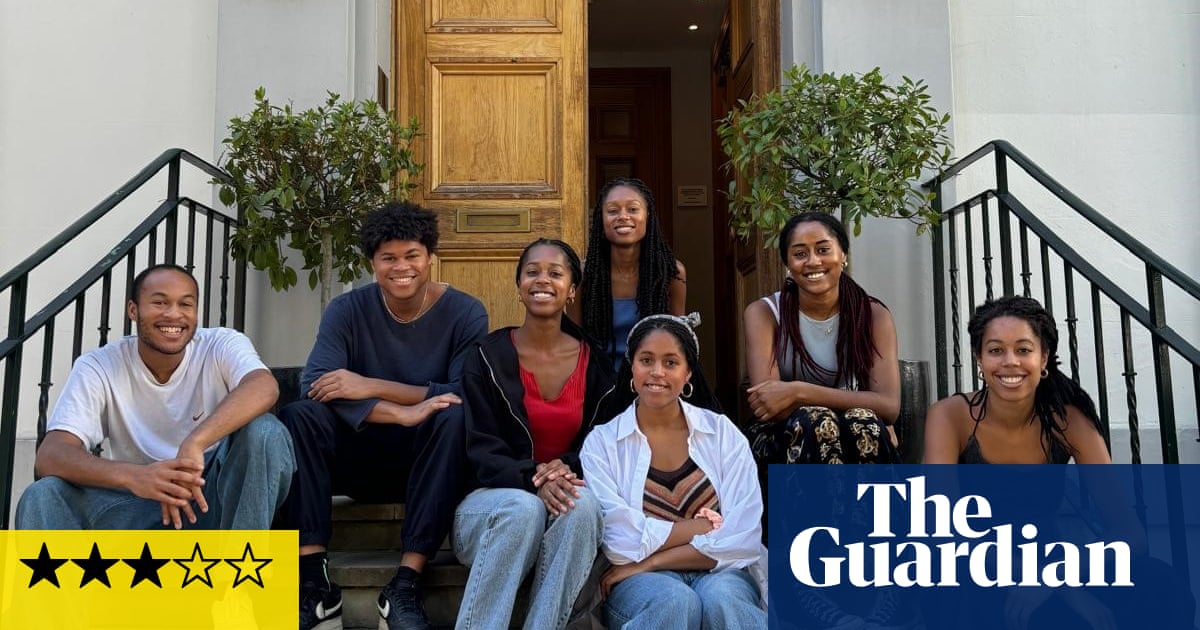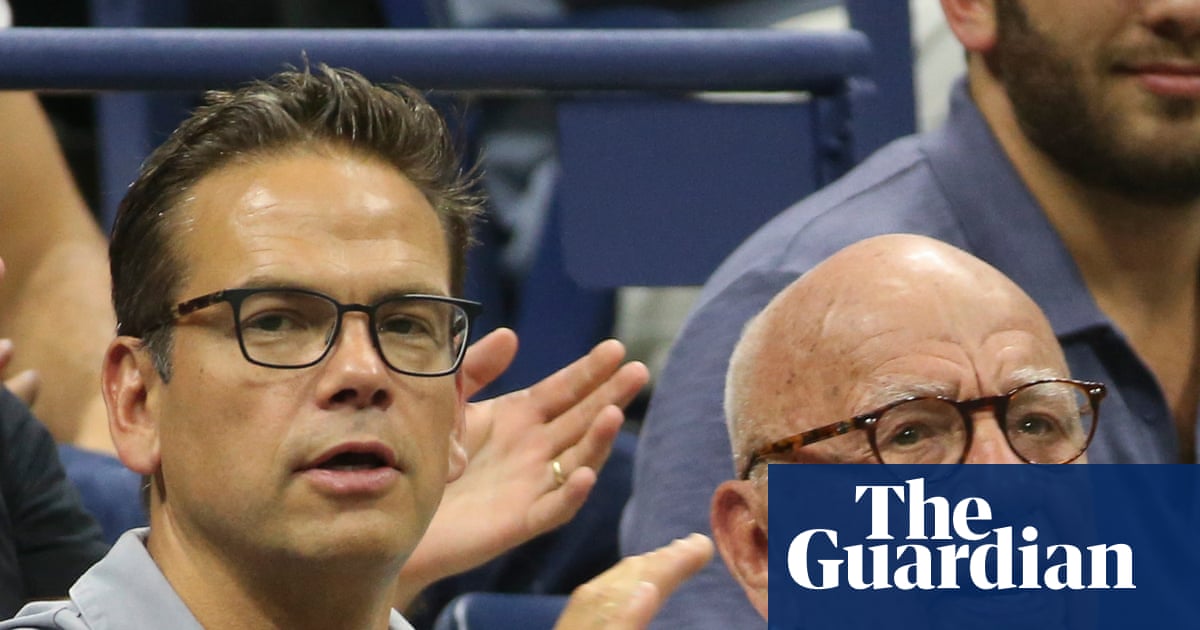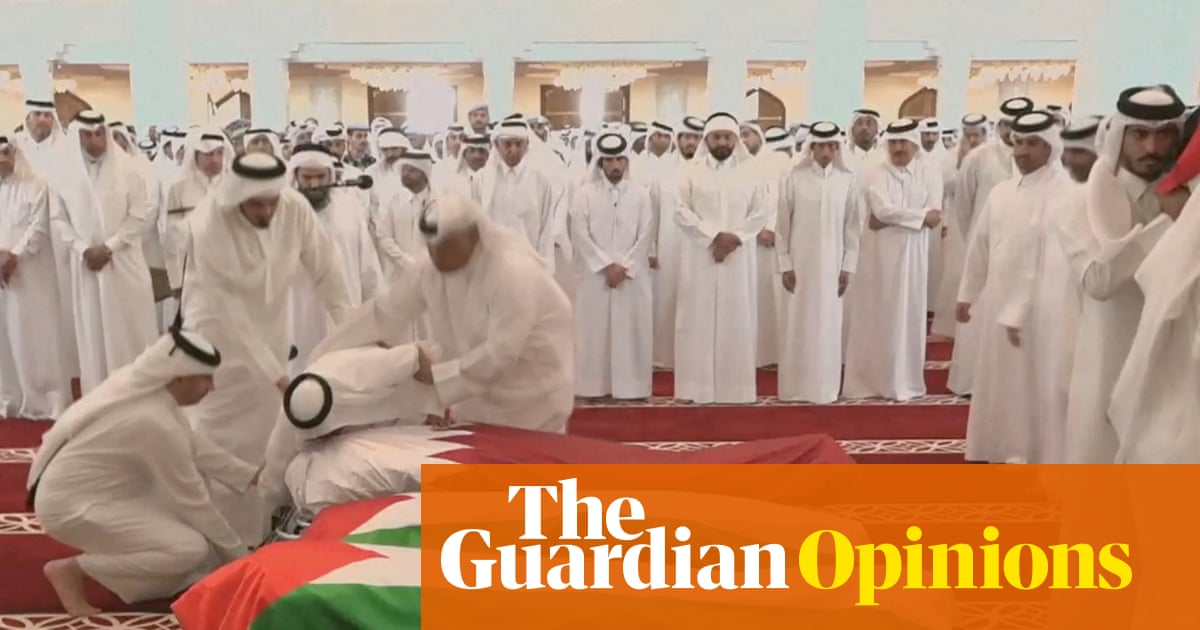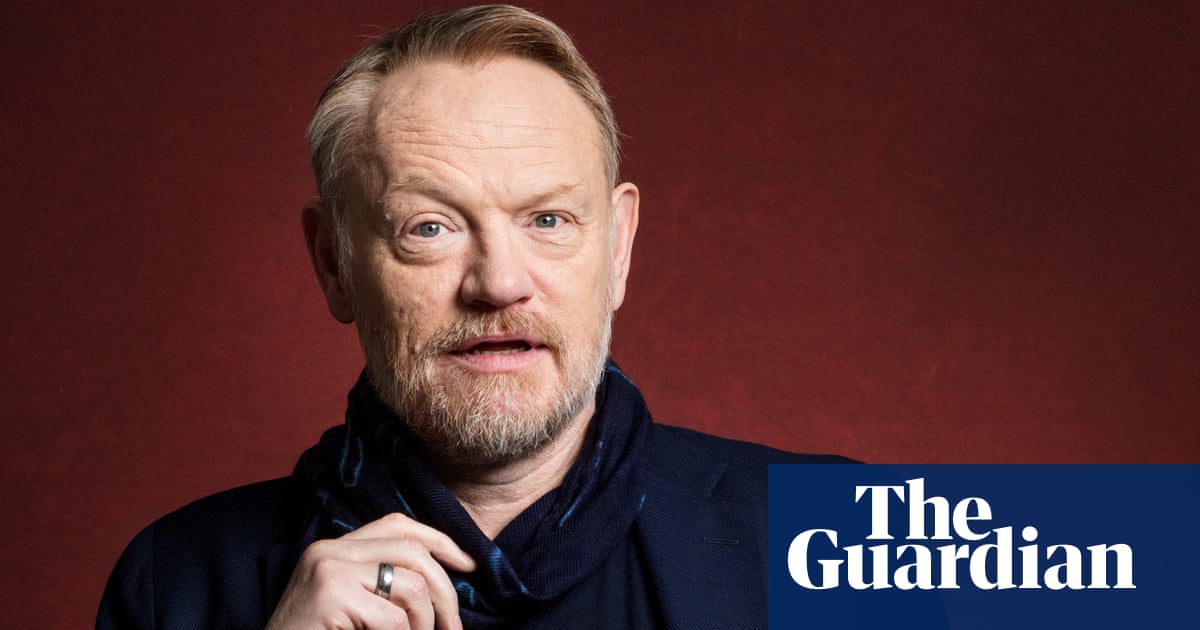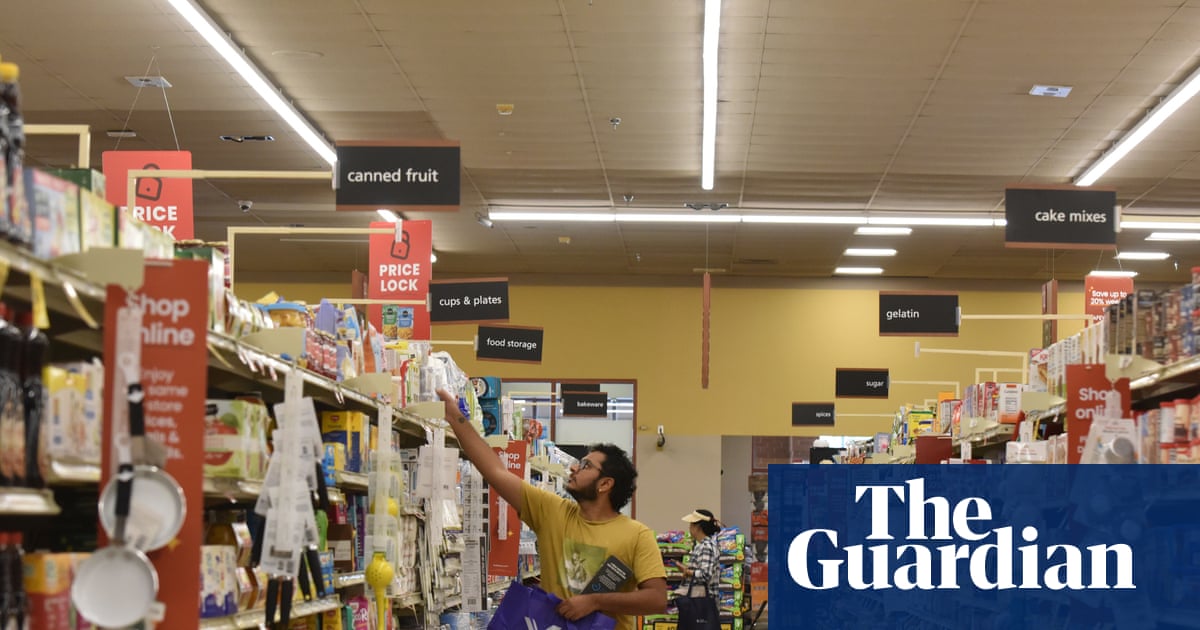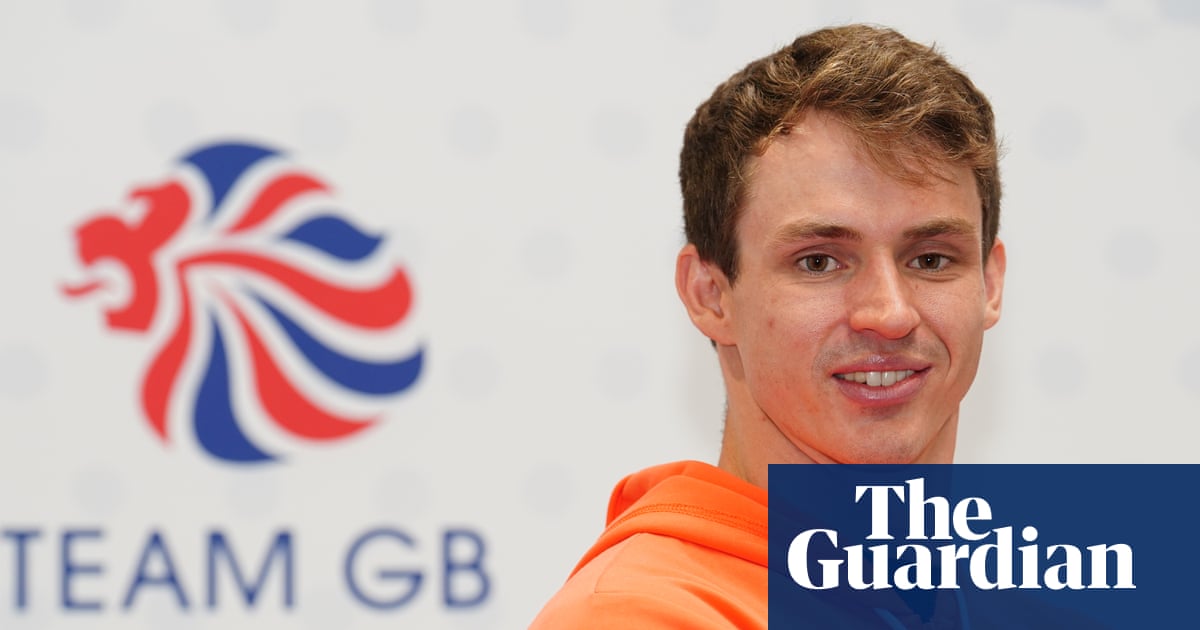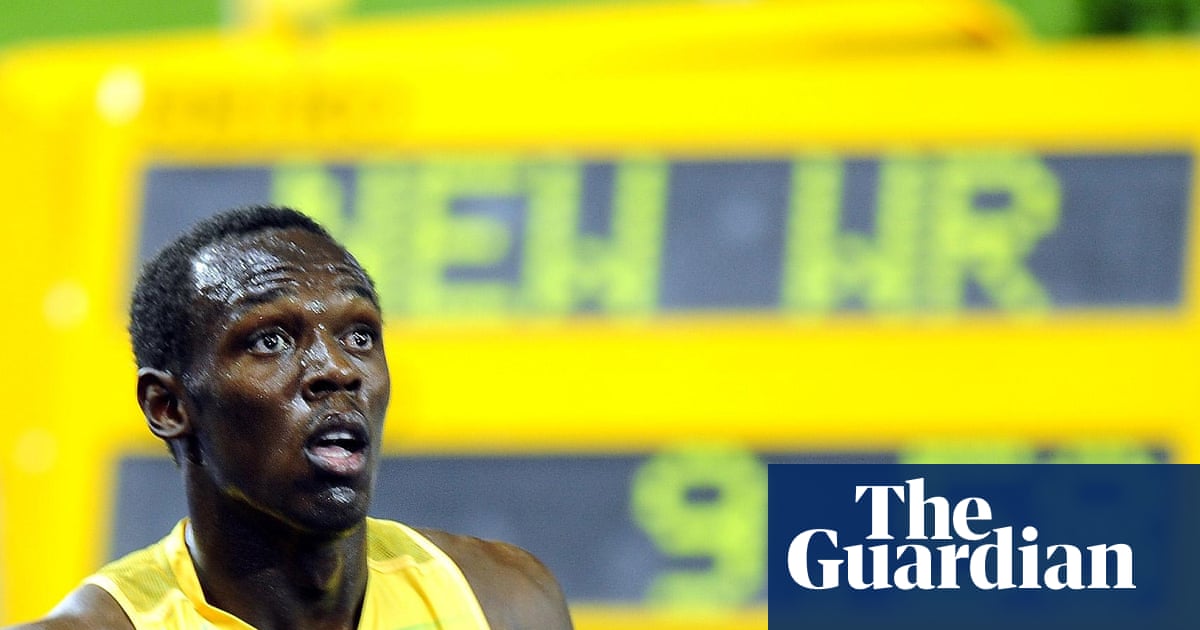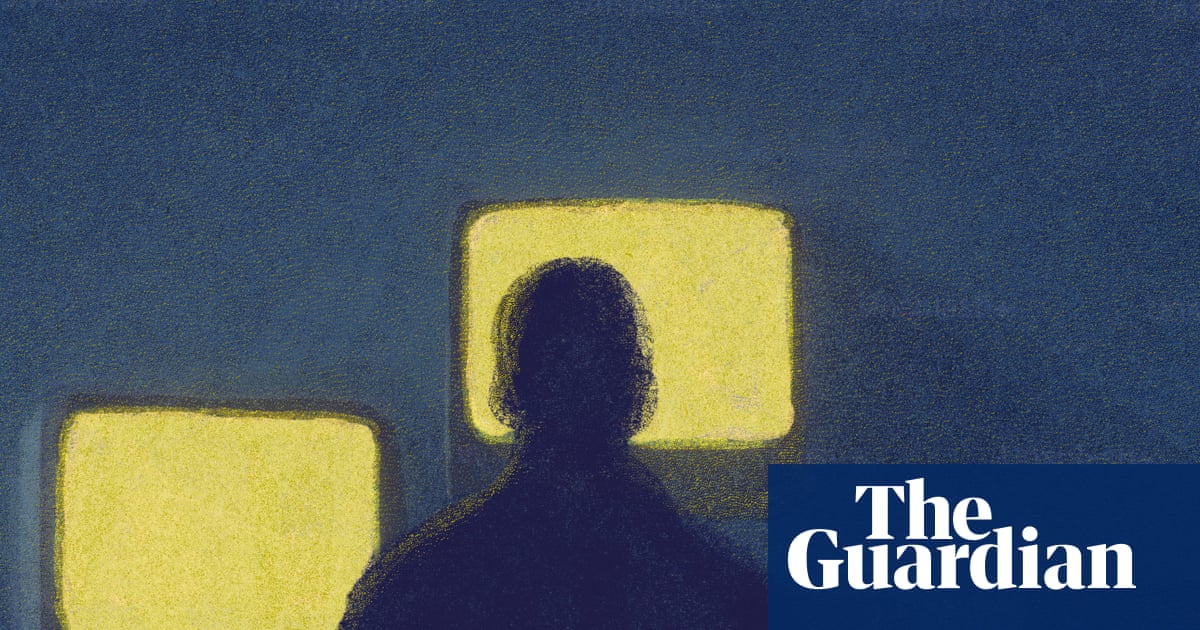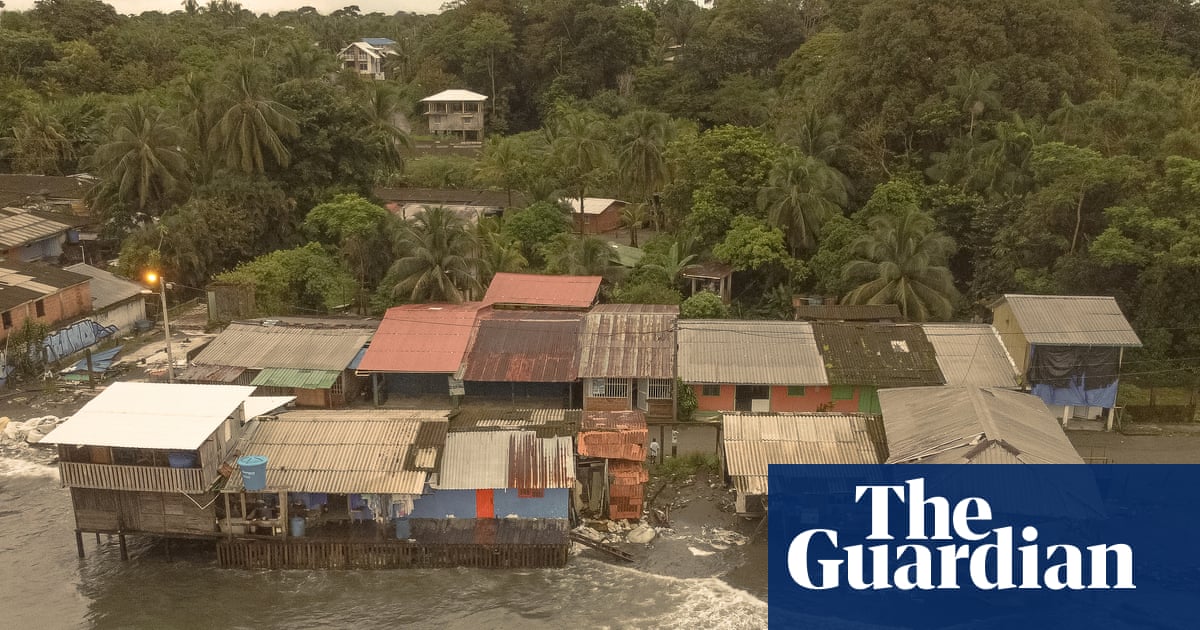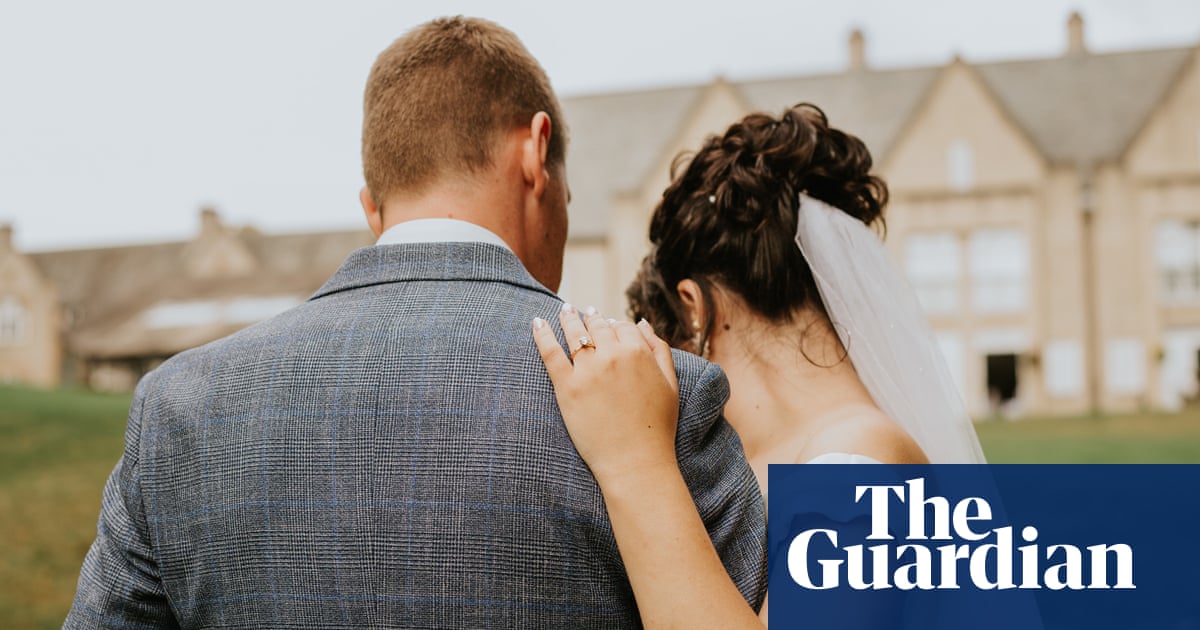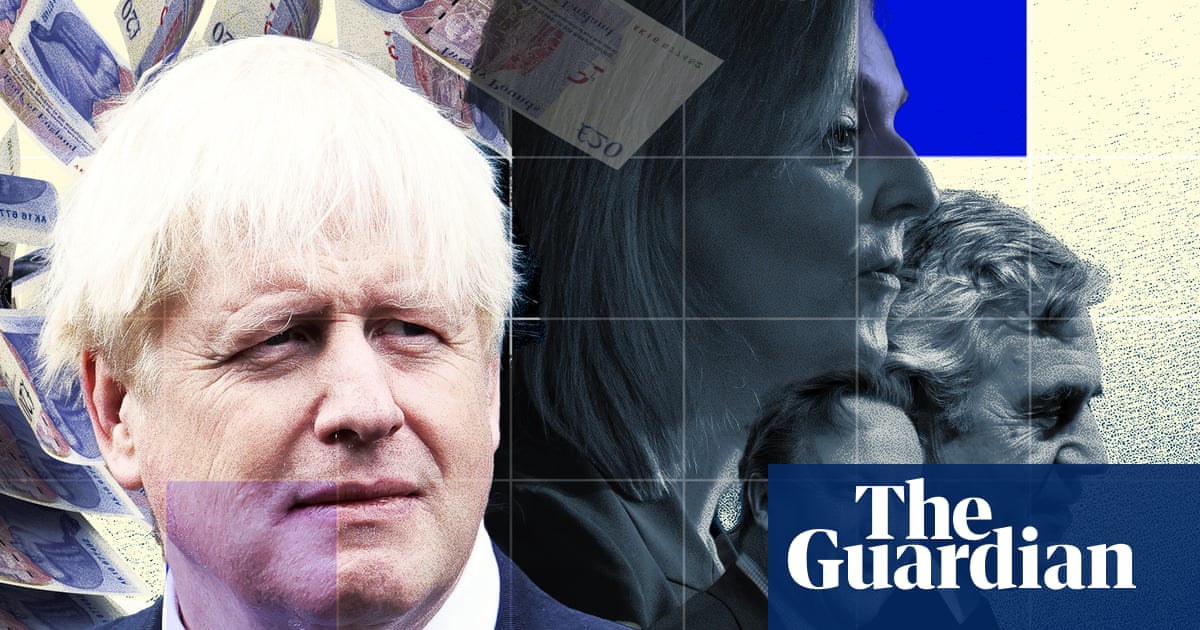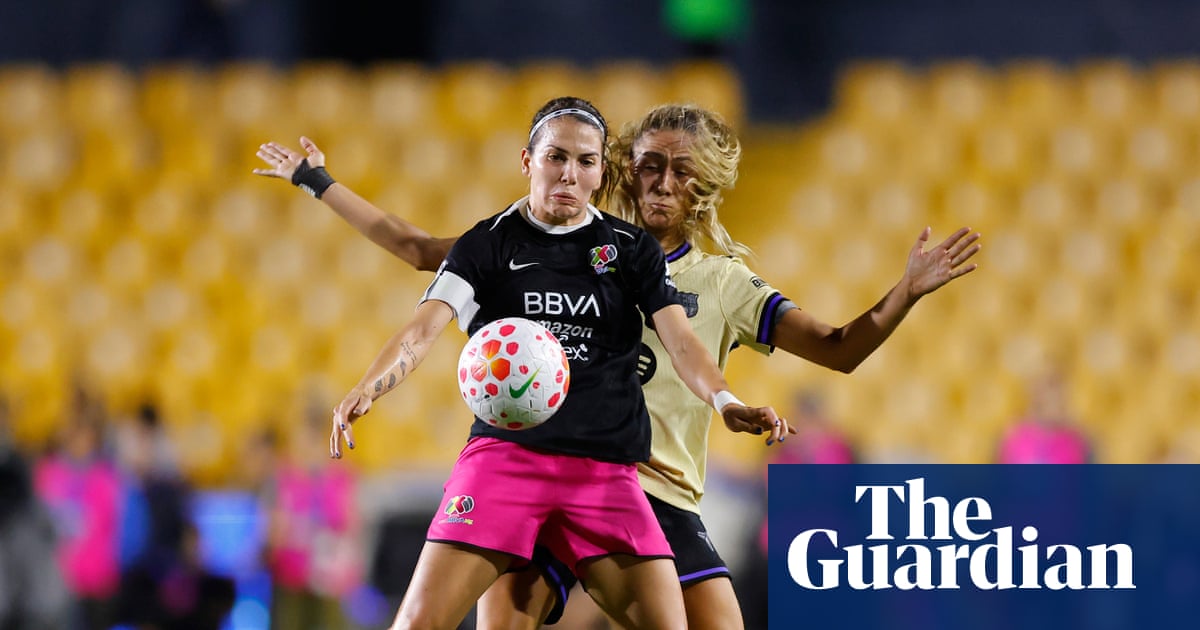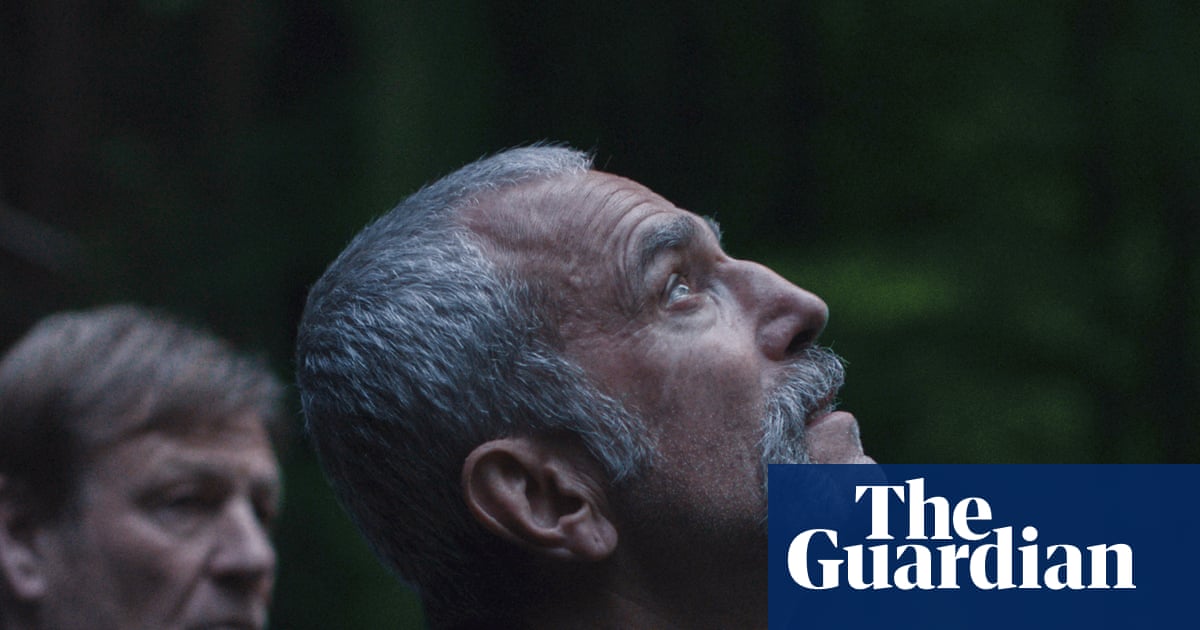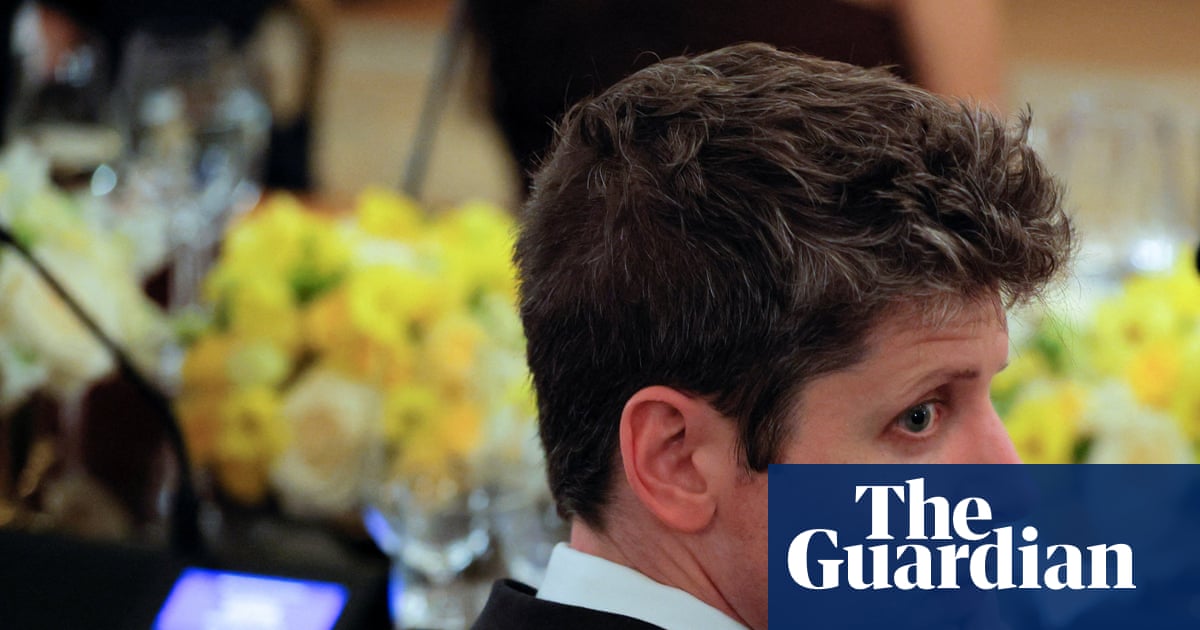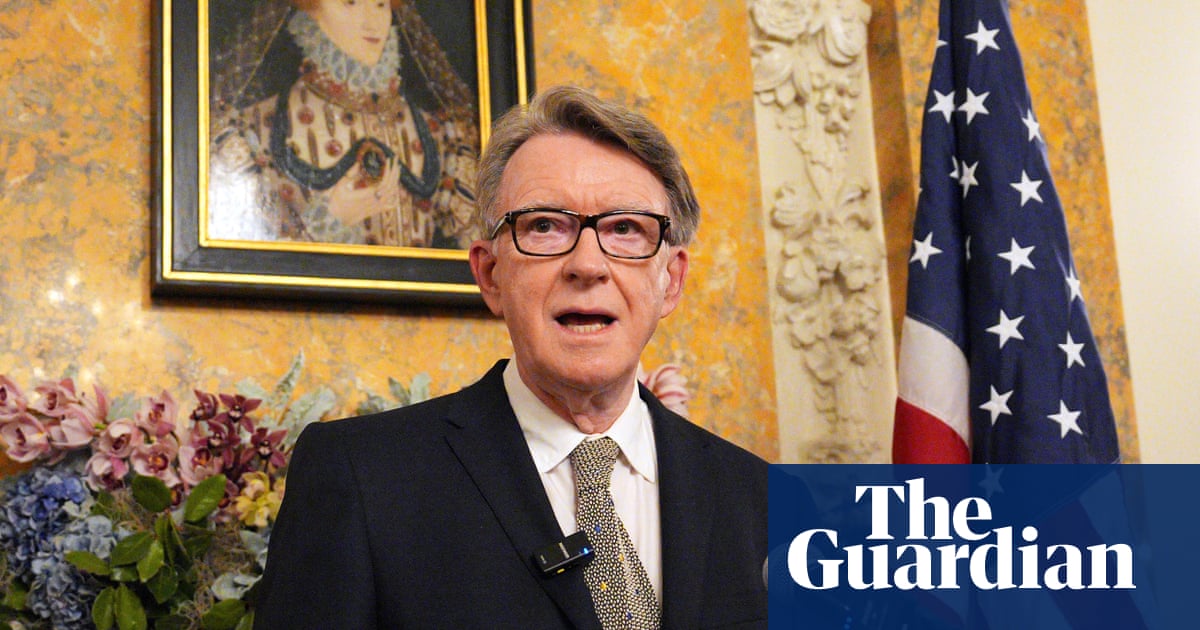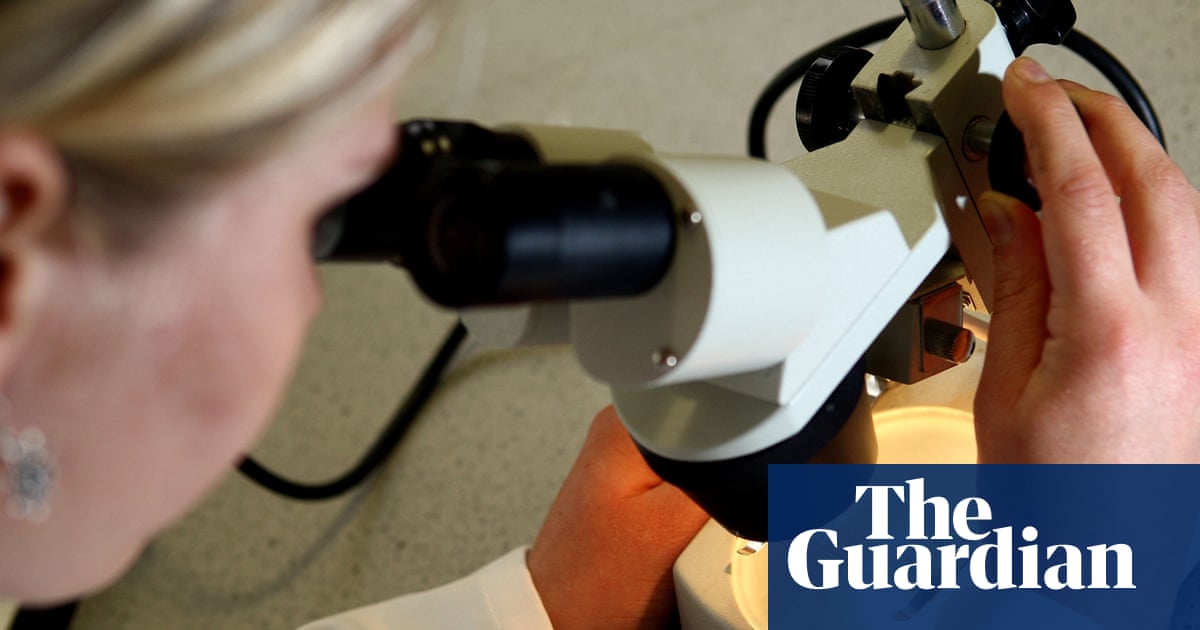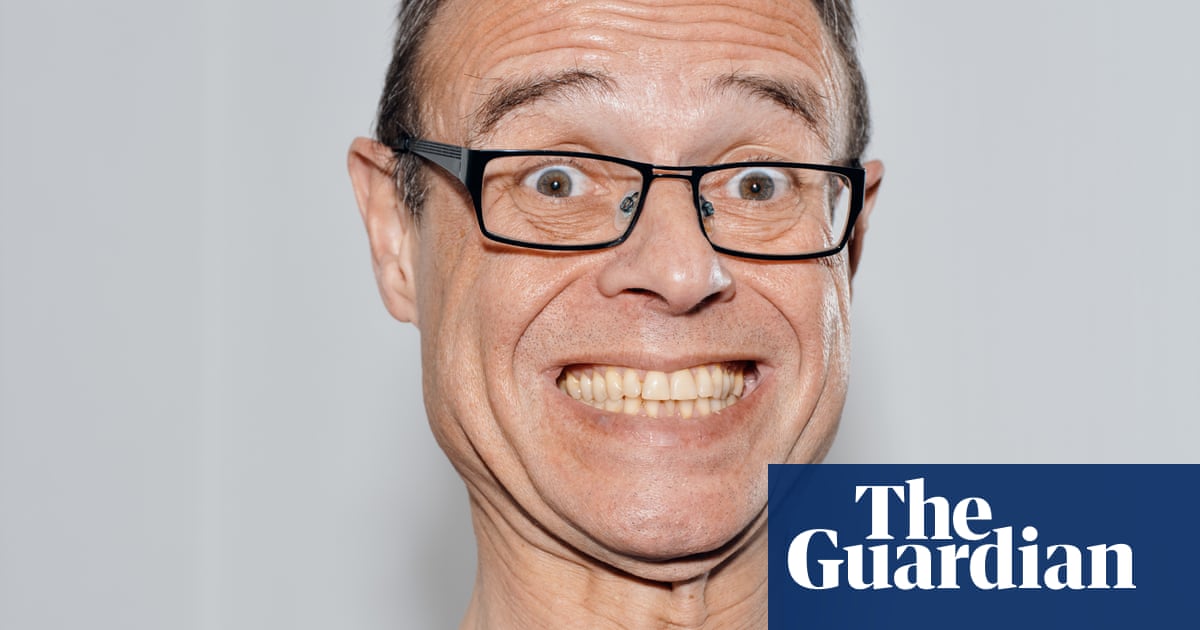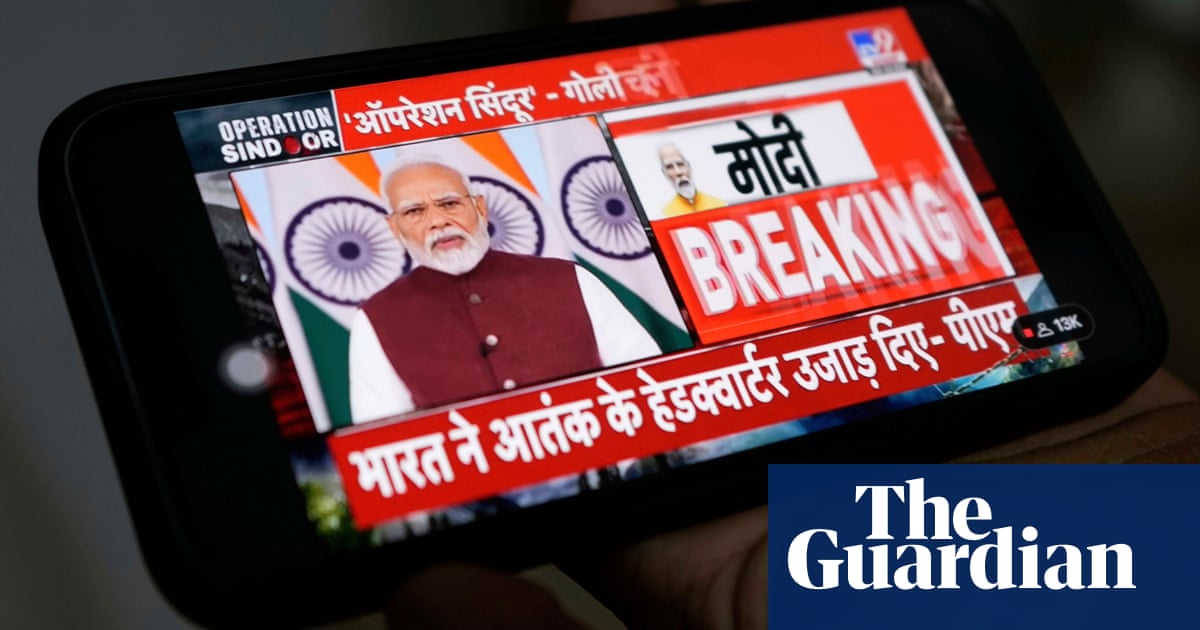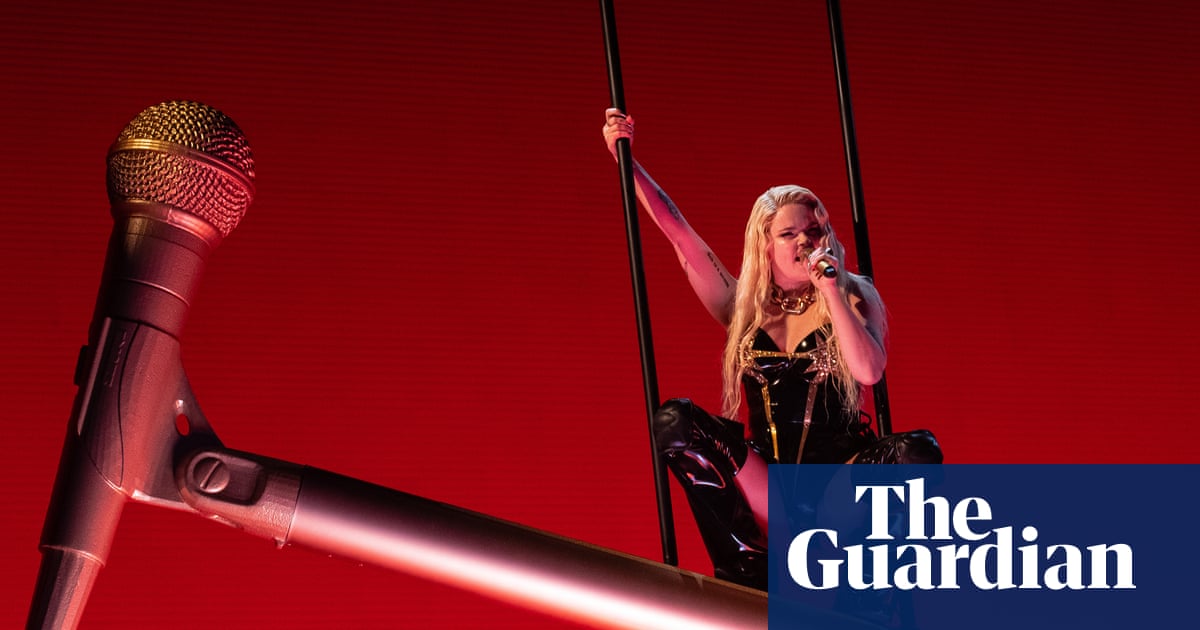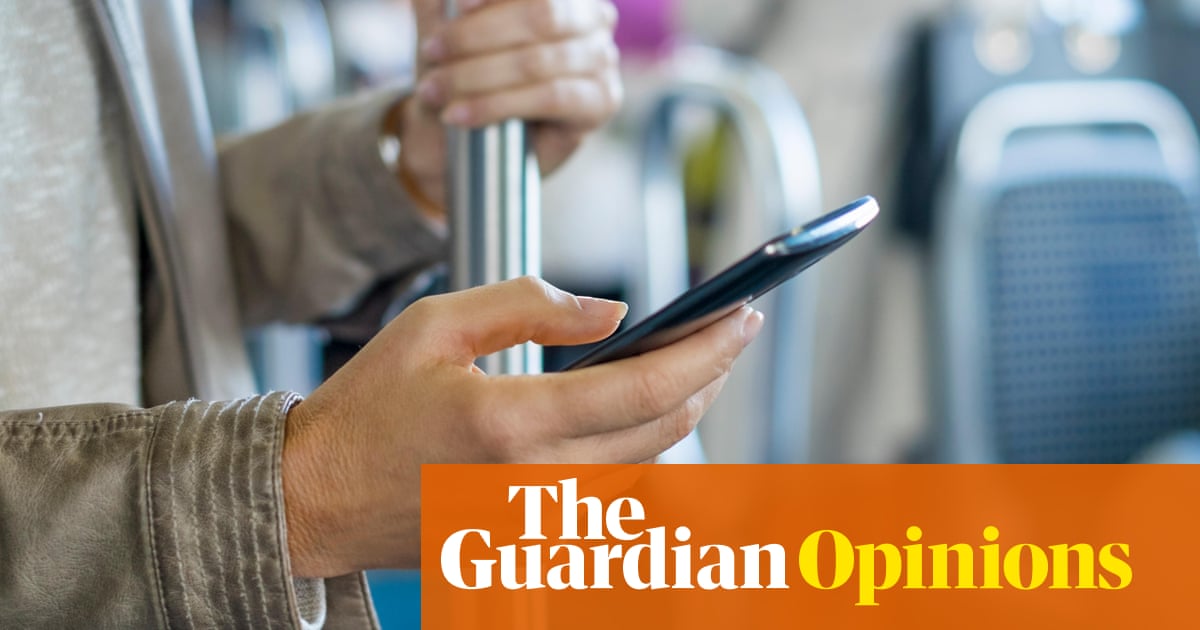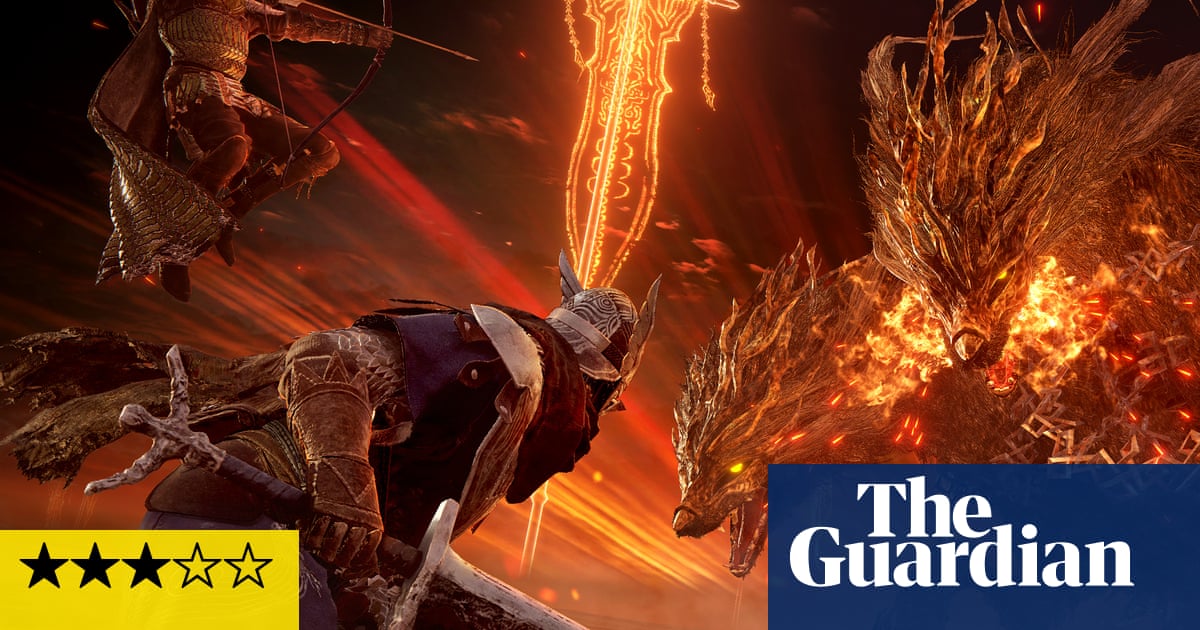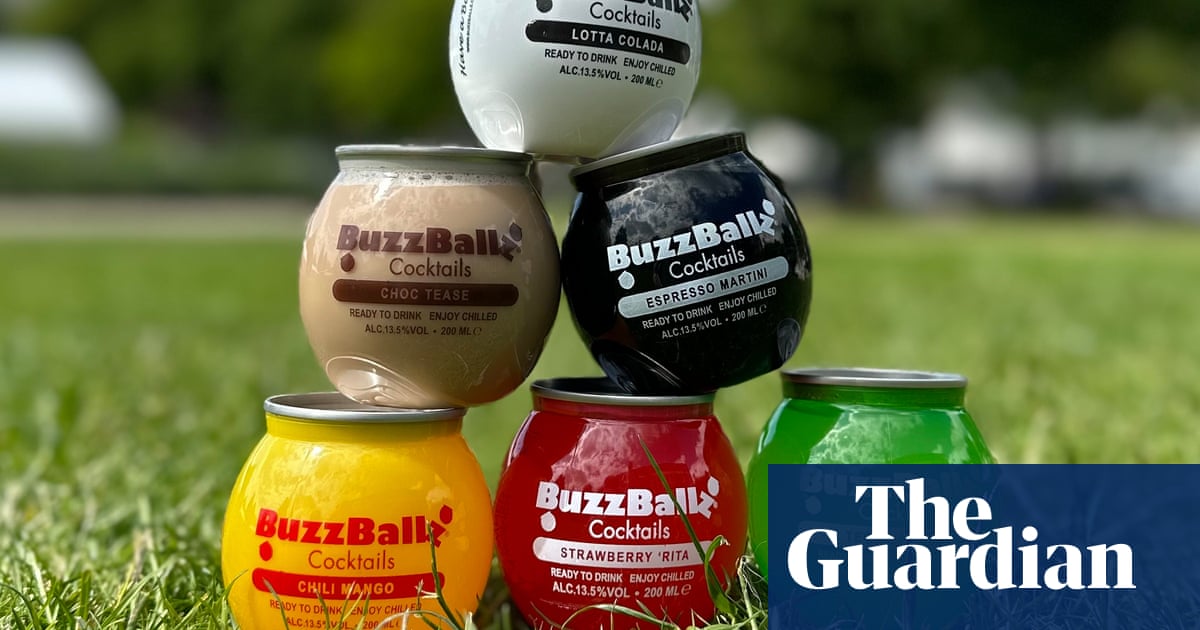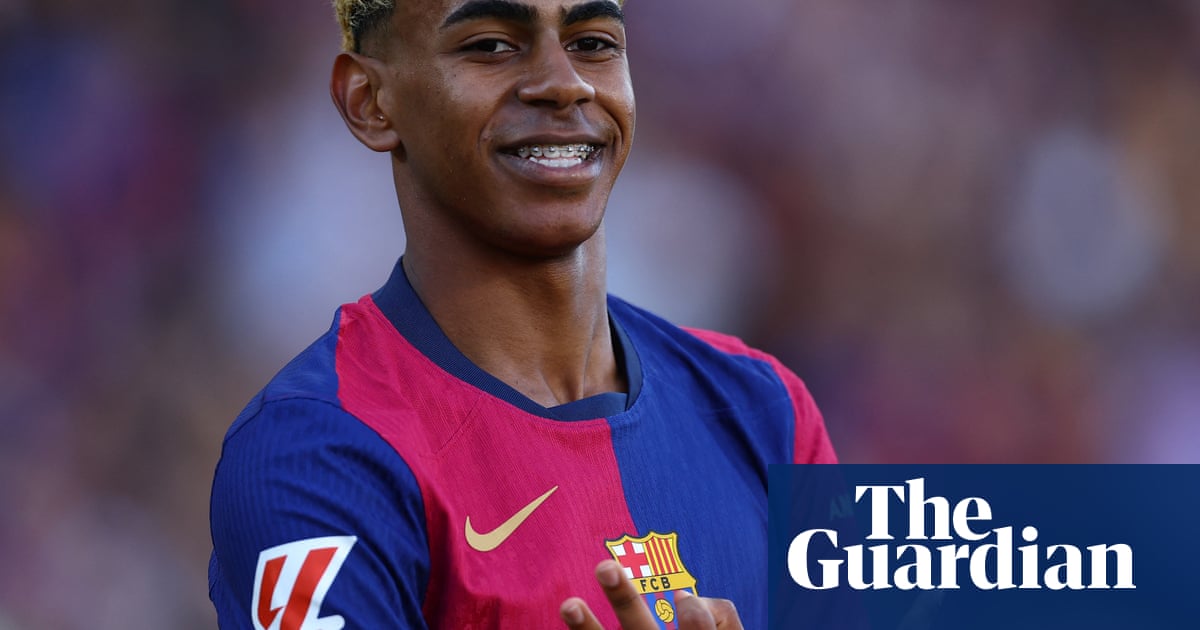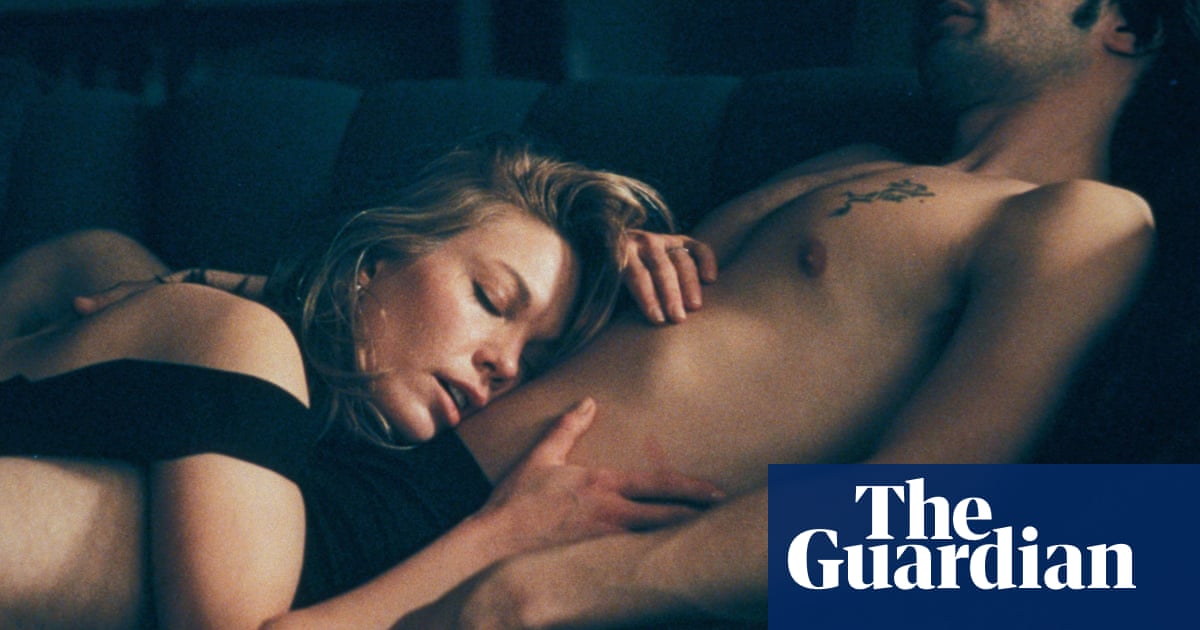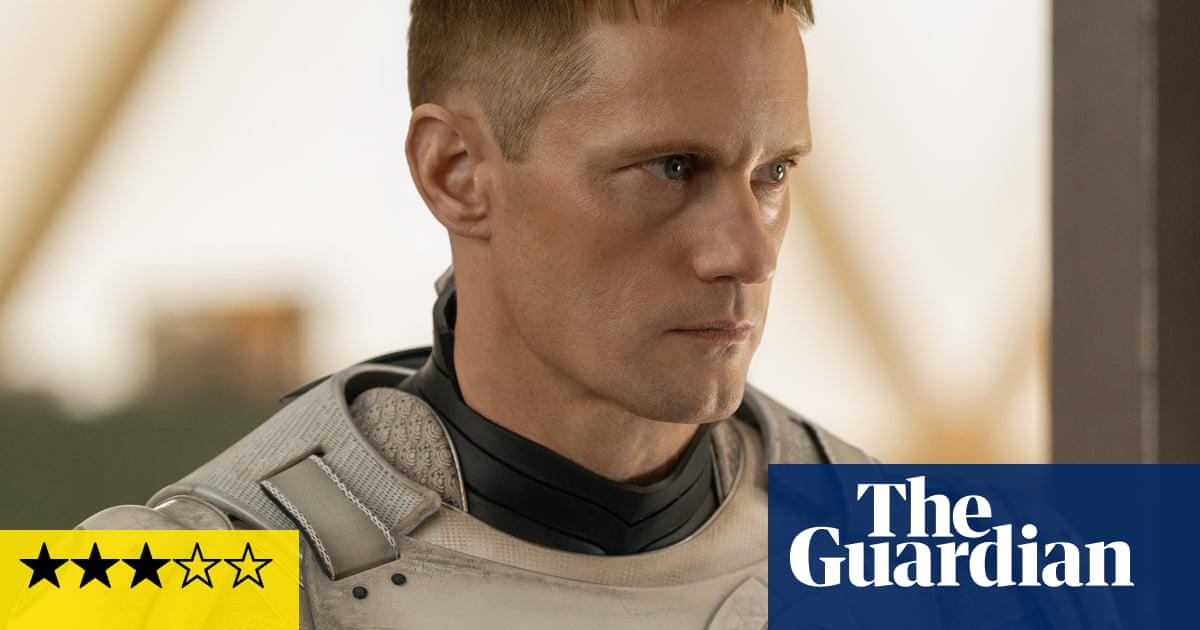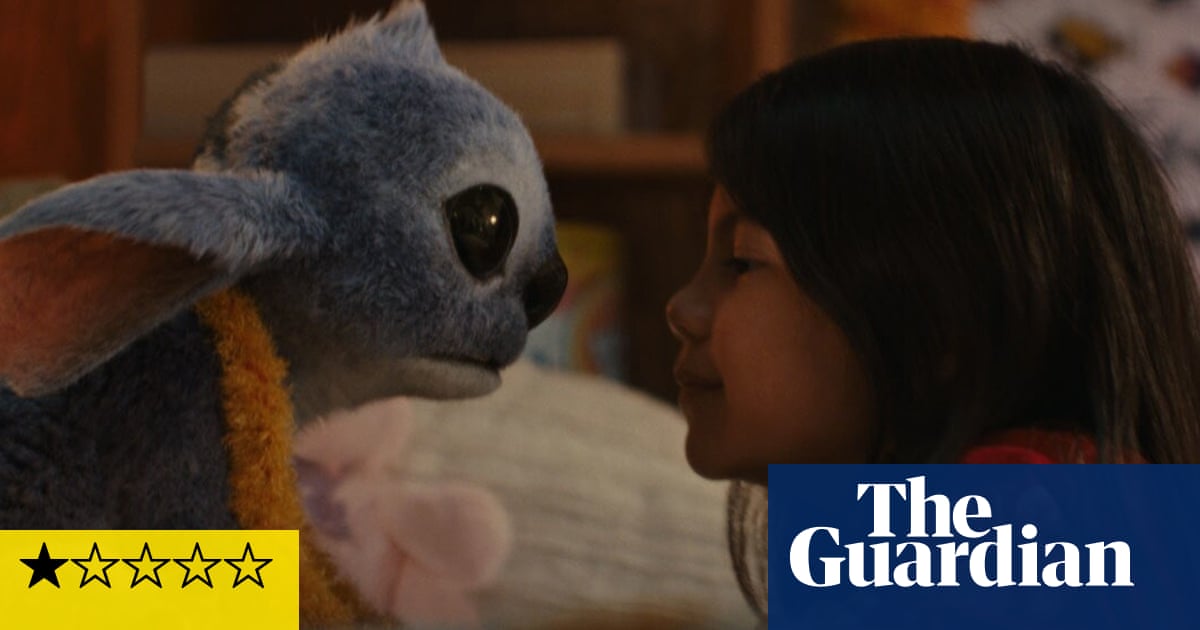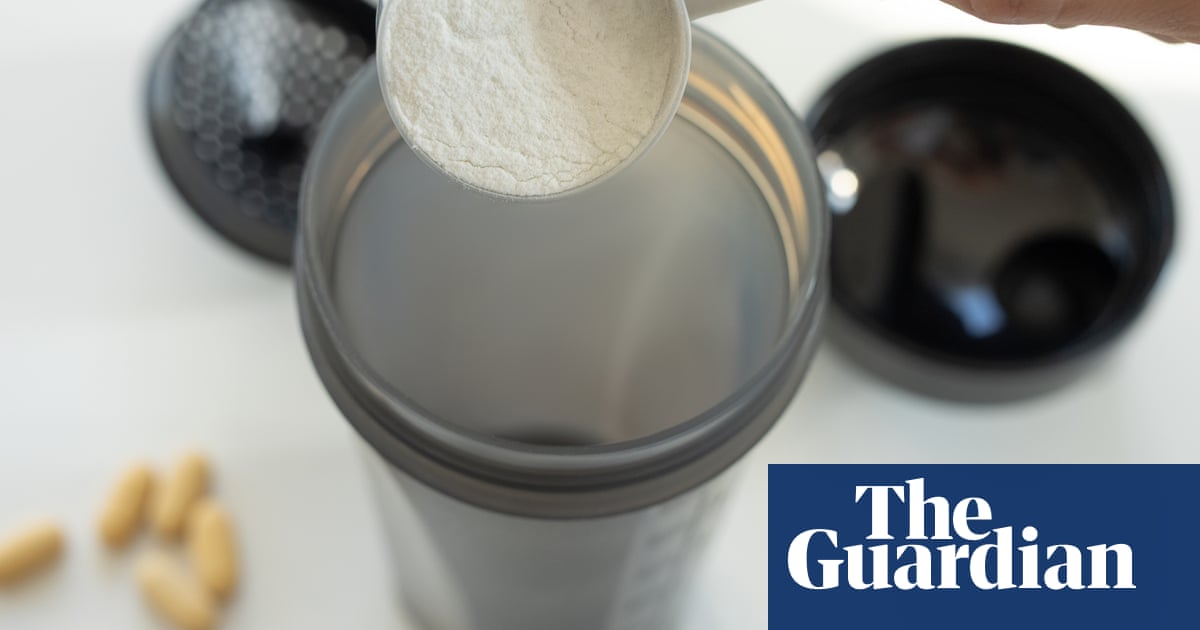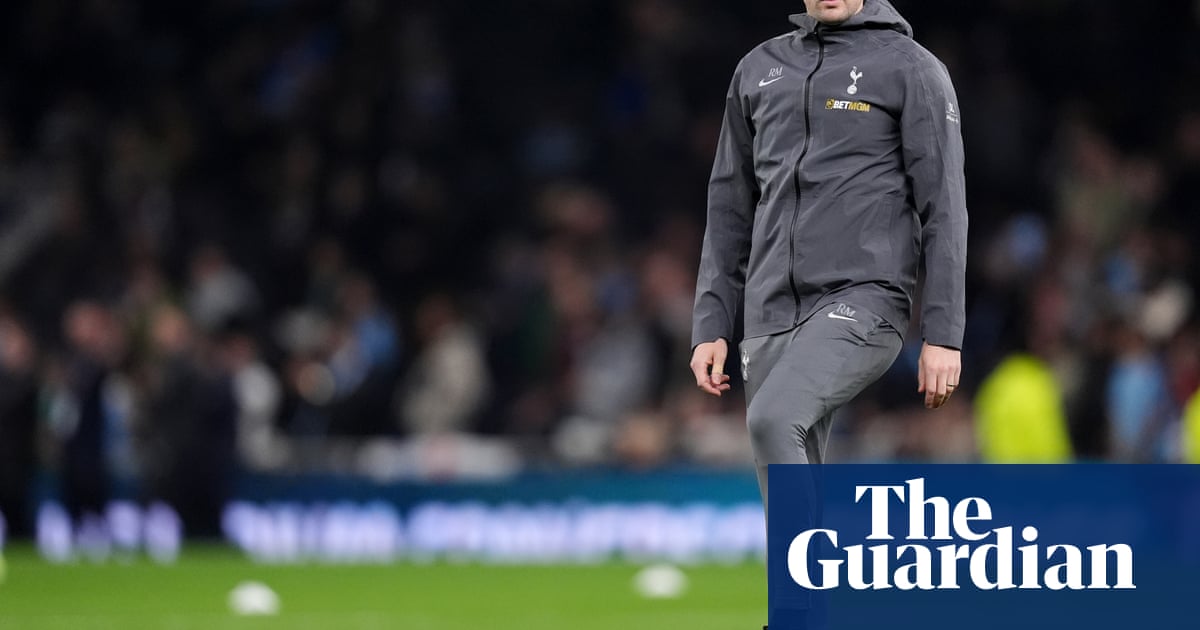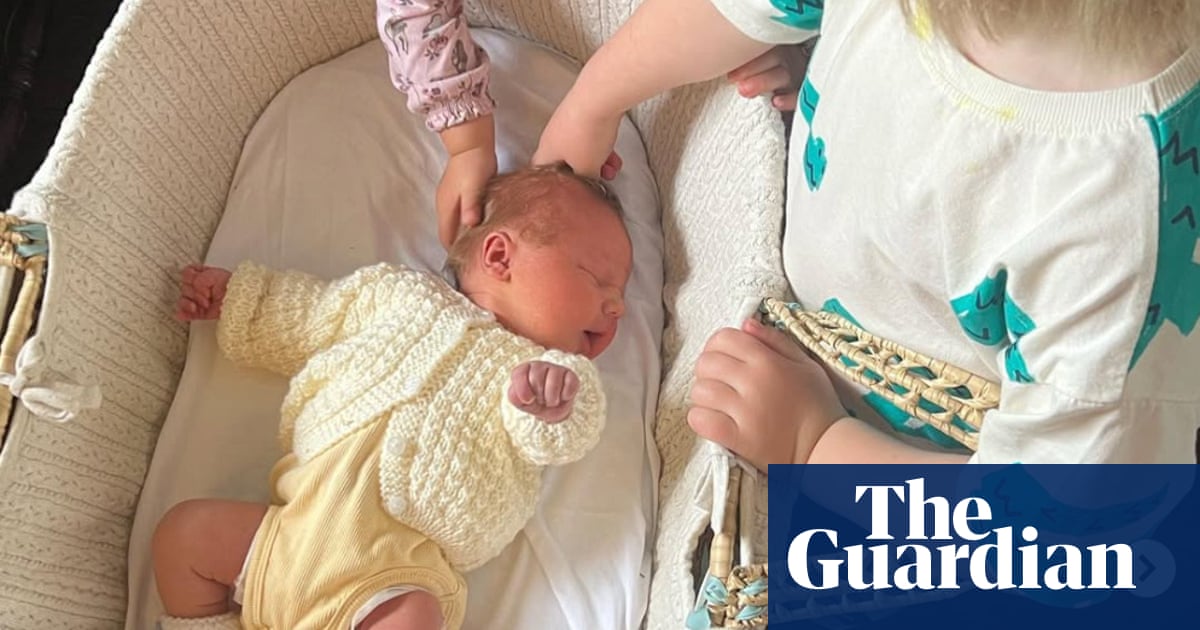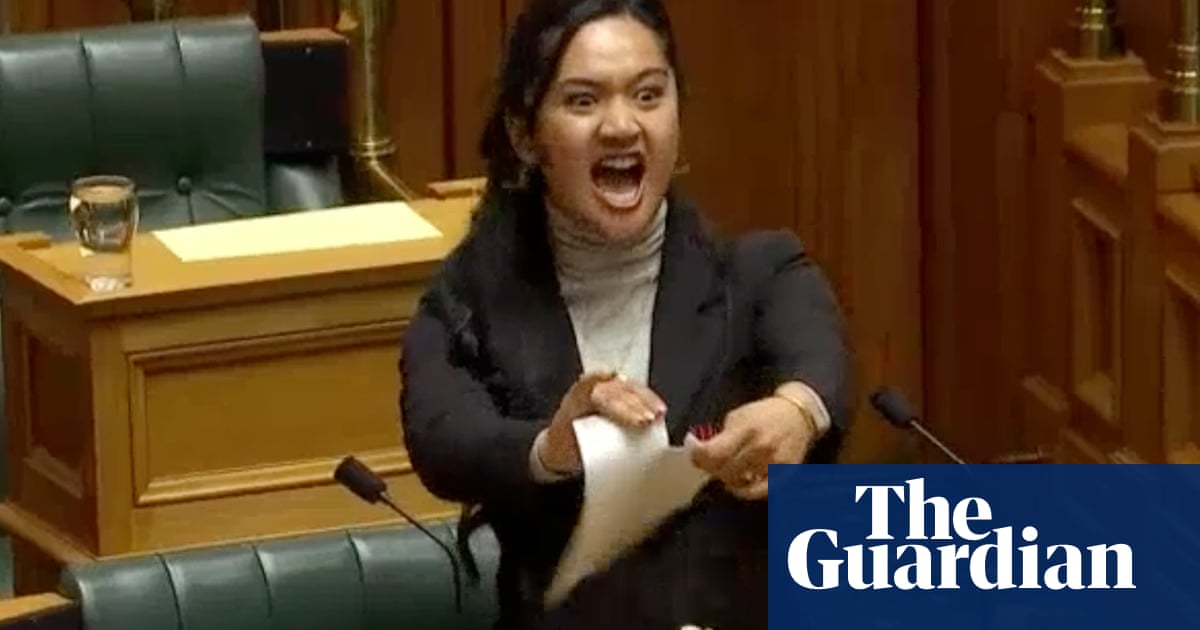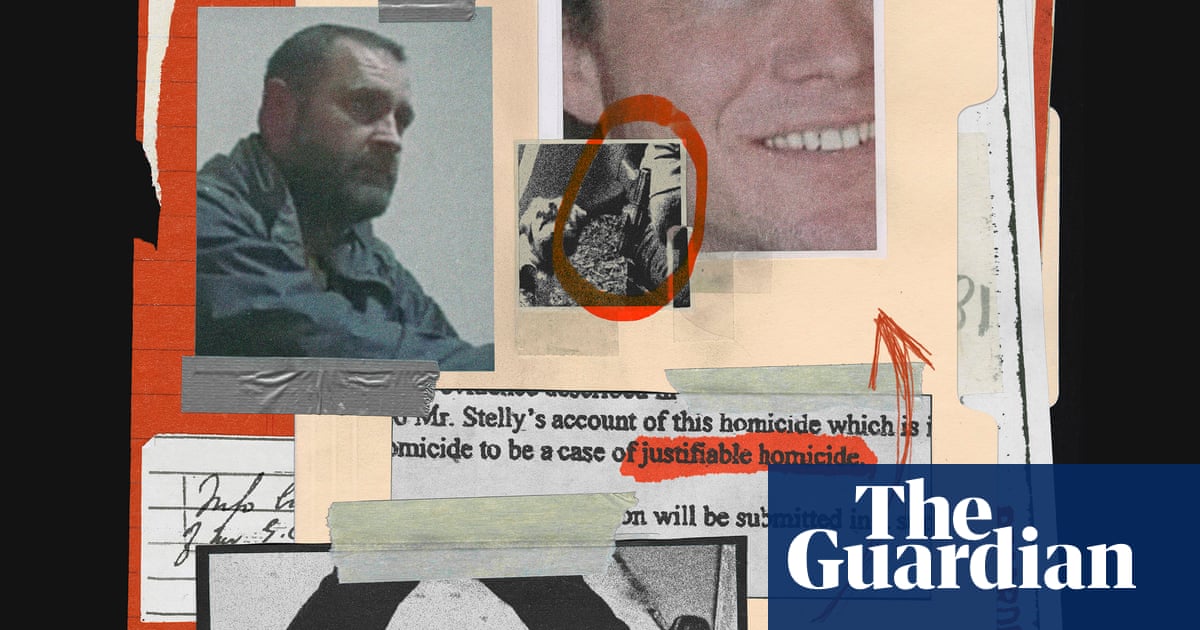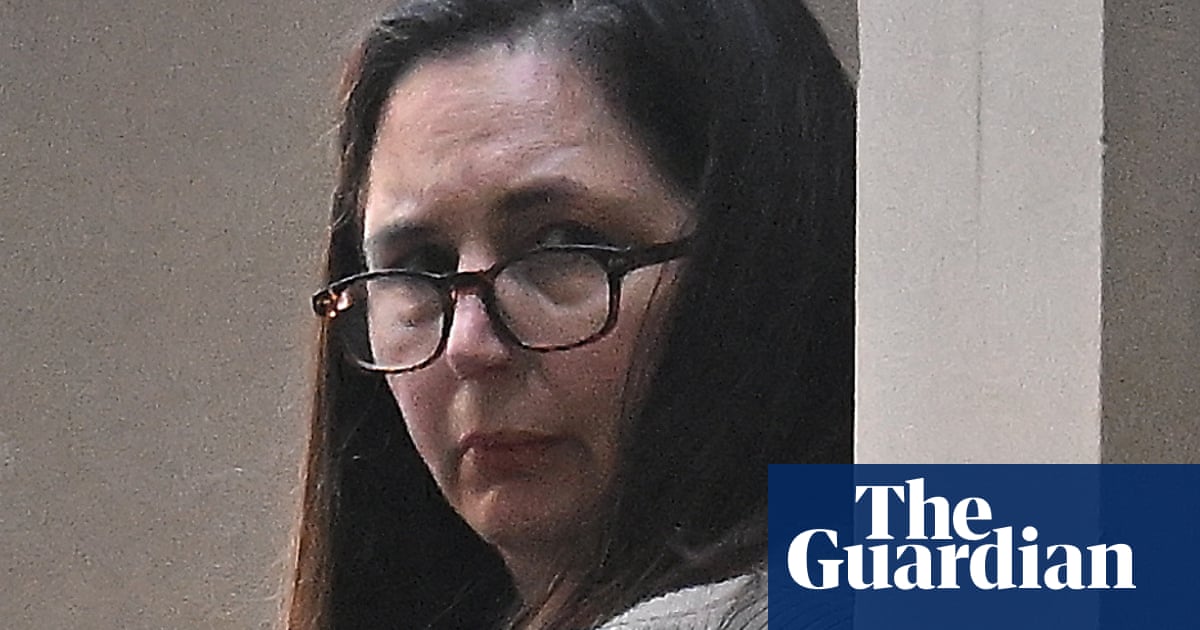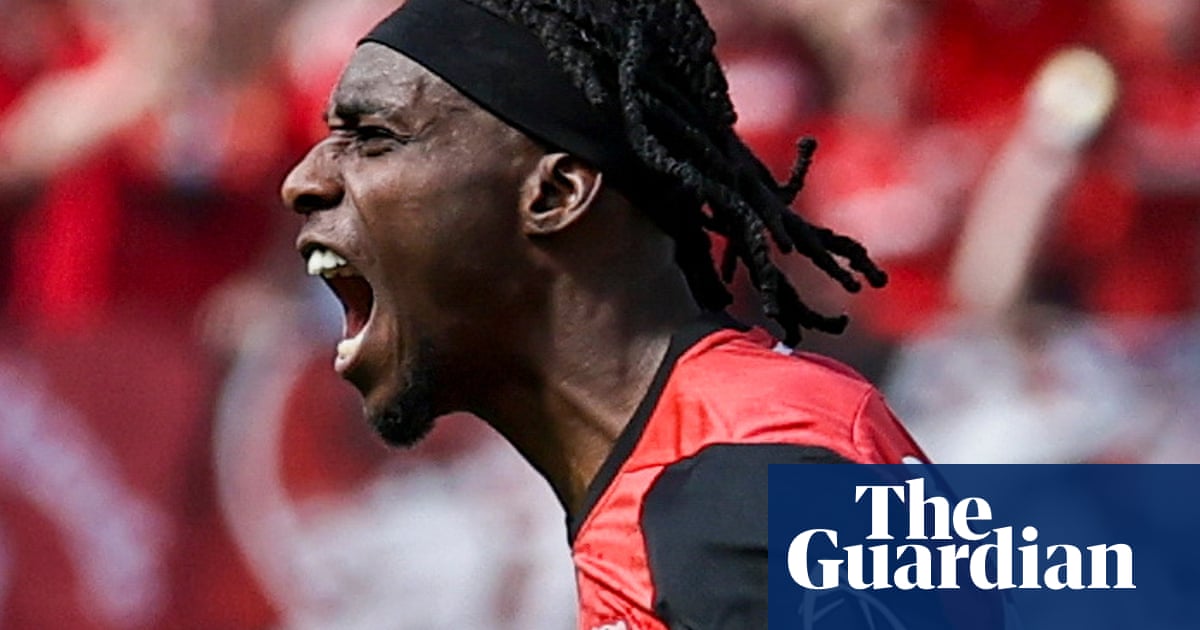It has been five years since George Floyd, a Black man who lived in Minneapolis, was murdered by Derek Chauvin, a white police officer. The killing, captured in a distressing 10-minute video that quickly flooded social media timelines, sparked something that felt like an international revolution: protests took place across the world, forcing countries and cities to reckon with their present and historical treatment of Black people.
In Britain, protests reached fever pitch when activists in Bristol toppled a statue of Edward Colston, the slave trader and deputy governor of the Royal African Company, and hurled it into the harbour. Bristol, once a major slave-trading port, had maintained a veneration of Colston that was increasingly divisive. The statue in particular had been a key focus of tensions: attempts to add a second plaque acknowledging Colston’s role in the slave trade were frustrated in 2018. For many Bristolians, the direct action provided a moment of long-overdue relief.
Colston now resides, supine, inside the city’s M Shed museum. Visiting earlier this month, I felt that this had been a worthy outcome: he no longer towers over Bristolians in a kind of psychological domination, yet nor has he simply been made invisible. The statue has been historicised within that specific moment in 2020 and contextualised against a timeline of Bristol’s connections with transatlantic slavery. It is one of the key successes of the Black Lives Matter (BLM) movement.
But five years on, the bigger questions still remain. What are the real, felt consequences of that moment? Speaking to people visiting Colston, I asked a 70-year-old white man called David, who has lived in Bristol since 2011, if he felt that the toppling and the Black Lives Matter movement had made a real difference to the city. He told me that there is “a lot more to be done to change the way people think”, and then informed me that, about half a mile away, outside Colston’s former plinth, was a hard-right demonstration organised by the UK Independence party. They were calling for mass deportations and lamenting the supposed “destruction” of the city by “far-left thugs”. I went to check it out.
Though they were outnumbered by counter-protesters, the hard-right protesters were there – making grimly visible that there is clearly still a battle under way for the heart, soul and mind of this country. Yemi, a 22-year-old counter-protester carrying a Jamaican flag, told me: “I actually think the BLM protests fuelled even more hate on their side – because they saw how many people were against racism and Colston, it caused more hate in them and they felt more entitled to protest. So I don’t think much has changed.” She also thought that the statue should have been left in the water. “The harbour is where they brought us in from. I thought it was very fitting for it to stay there.”
It is easy to look back at 2020 and feel fascinated, aggrieved, even fooled. I find it quite strange to reflect on. The murder of an African American man led to a kind of “gold rush” in Britain and in the US, where, particularly in the cultural sector, money and opportunities were handed to Black people as an apology for decades of neglect and underinvestment.
Many of these gains and commitments have petered out. In the US, the Black portraiture “boom” of 2020 has come to a screeching halt, with Black art now going unsold. In the UK, the number of Black writers publishing books has plummeted since 2020. While dispiriting, this could have been foreseen, considering how opportunistic and cynical the industry can be. A Black man named Patrick Hutchinson landed a book deal simply for having carried a far-right protester over his shoulder. There were only 152 days between the event and the book’s publication. I have not heard much from Patrick since then. You can buy the book for £2.15 on Amazon.
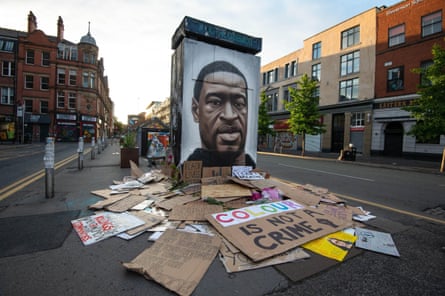
Much of the response also became unfocused to the point of parody and distraction. Politicians “taking the knee” became an internet meme. The removal of episodes from shows such as The Mighty Boosh and The Dukes of Hazzard from streaming platforms was an overreaction that most activists did not ask for, and seemed to take oxygen out of the movement.
Disputes over pop culture began to obscure the target of the protests: police violence, and how it disproportionately affects Black people in the US, the UK and all over the world. Five years on, this problem is still very much with us.
In March, Julian Cole, who had been in a minimal conscious state after being violently arrested by Bedfordshire police officers in May 2013, died in hospital at the age of 31. To date, the Crown Prosecution Service has not brought charges against the officers responsible, citing a lack of evidence. In 2022, it was revealed that, two years previously, a 15-year-old Black school girl in Hackney, Child Q, had been strip-searched by police and that racism was likely a contributing factor. The disciplinary hearing for a gross misconduct case has been delayed until this year. Last year, there was indignation after Metropolitan police officer Martyn Blake was acquitted of the murder of an unarmed Black man, Chris Kaba, who he shot dead in 2022. (Blake is set to face a gross misconduct hearing.)
Meanwhile, any progress made since 2020 to address the institutional racism of police forces in Britain has come under significant political pressure. Campaigners have been frustrated at the stalling of police reform, with Black-led organisations at a Stephen Lawrence Day conference calling on the government to complete a follow-up to the 2023 Casey report, to set about a real transformation of the force. There has also been a sinister inversion of reality after last summer’s “race riots”: the swift justice response led to the myth of “two-tier policing”, suggesting that police are more heavy-handed with white, far-right protesters, despite actual evidence of bias against young Black people. It’s easy to forget but the Colston Four, who toppled the statue, were subject to a gruelling two-year legal battle (they were acquitted by a jury of criminal damage).
after newsletter promotion
But there have been wins and changes, and there is cause for hope. The dynamic of an uprising quickly reaching its peak before petering out and even triggering a backlash can feel disappointing. But it is typical for the course of history that great moments of social upheaval are eventually cannibalised or absorbed into a status quo, with participants left feeling thwarted, or even sheepish about their optimism. As my Guardian colleague Nesrine Malik wrote of the perceived failure of the Arab spring: “What the Arab spring came up against was a universal conundrum – how to convert the forces that demand equality into those that deliver it.”
The muscle memory of those protests was certainly built on to the benefit of mobilising pro-Palestinian marches across the country in the wake of the onslaught against Gaza. And longer-term projects are unfolding – BLM UK’s investment of £350,000 into funding Black-led organisations is a real success, while several organisations that had historically profited from enslavement pledged reparatory action in the wake of Colston’s toppling, including the Guardian, with its Legacies of Enslavement programme.
At M Shed in Bristol too, I was reminded of the importance of planting those small seeds of change. A small white child walking out of the museum asked his mother what “I can’t breathe” meant, as he read it on one of the placards surrounding Colston. His mother began to calmly explain everything that happened in 2020. We might lament the lack of true progress in racial justice, but we can be confident that a blueprint for education, resistance and mobilisation has been established by that moment. Next time, and there will be a next time, we will be better primed to go. With the challenge of a surging global right, it will be more urgent than ever to retain focus and not repeat mistakes.
-
Jason Okundaye is an assistant newsletter editor and writer at the Guardian. He edits The Long Wave newsletter and is the author of Revolutionary Acts: Love & Brotherhood in Black Gay Britain

 3 months ago
79
3 months ago
79
